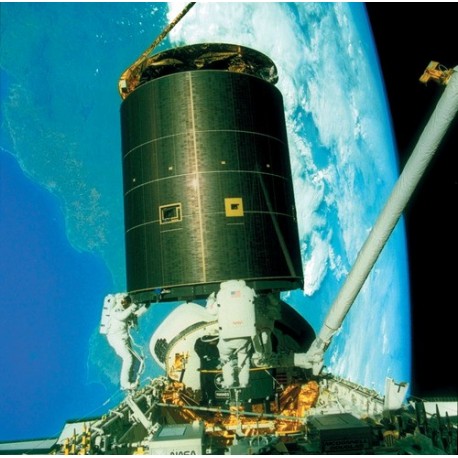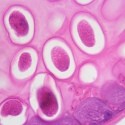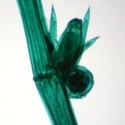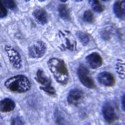No products
Prices are tax excluded
 View larger
View larger The Physics of Spaceflight DVD, Part 2
New product
Part 2 of the Physics of Space Flight Series covers, Physics in Space, Orbital Motion and Re-entry.
In Stock
By buying this product you can collect up to 28 loyalty points. Your cart will total 28 points that can be converted into a voucher of $4.20.
Volume discounts
| Quantity | Discount | You Save |
|---|---|---|
| 2 | 3% | Up to $6.57 |
| 3 | 5% | Up to $16.42 |
30 minutes
The Physics of Space Flight Series is a three-part video program which presents physics principles as they apply to space flight and space related events. The program’s photography was provided entirely by NASA, affording a great deal of spectacular footage accompanying the physics principles being illustrated. Computer animation and the use of graphics also assist in presenting physical concepts. The program was designed for use by high school physics classes and introductory level college physics courses.
Part 2: Physics in Space, Orbital Motion and Re-entry: Newton’s Laws of Motion, Circular Motion, Rotational Dynamics, Heat, Conservation of Energy
This program focuses on the physics of orbital motion and re-entry into the earth’s atmosphere. The program discusses the dynamics of orbital motion and the apparent weightlessness experienced while in orbit. Kepler’s 3 laws of planetary motion are applied to satellites, explaining the characteristics of both circular and elliptical orbits. Orbital motion of the Space Shuttle is studied in terms of the acting gravitational centripetal force, orbital radius, and orbital velocity. Satellite deployment from the Space Shuttle and subsequent attainment of geo-synchronous orbit is also examined. The weightless environment provides a unique opportunity for motion studies in which Newton’s Three Laws of Motion become particularly apparent. Heat transfer in the vacuum of space and a discussion on thermal energy concludes the program as the atmospheric re-entry of the Space Shuttle is contrasted to that of the Apollo Command Module.









